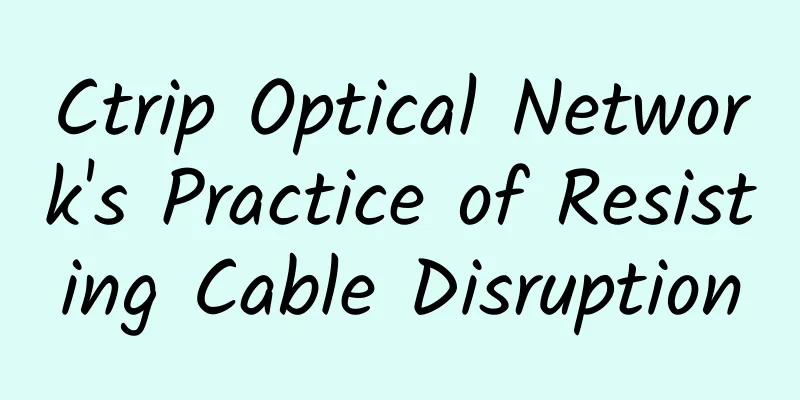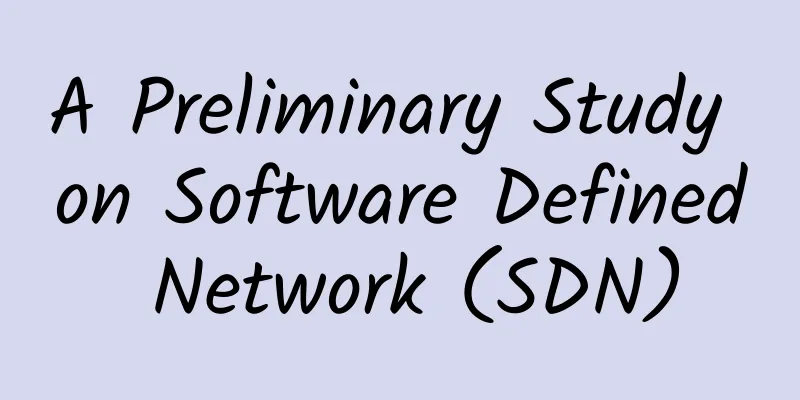UDP protocol - just read this article

|
Every programmer should know TCP and UDP protocols. UDP is the User Datagram Protocol, which belongs to the transport layer in the OSI model. It is a connectionless protocol, which means that there is no connection between the previous message and the next message at the protocol layer, and it provides a simple unreliable transmission service.
That is to say, UDP is unreliable. If you want to make the data reliable, you need to do error correction and error detection at the service layer. For example: TFTP. Then some students may ask, since it is unreliable, why not just use the IP protocol? Why go to so much trouble to add a protocol UDP? In fact, one of the most important reasons is that there is no concept of port in the IP protocol. It only stipulates the communication between two hosts, and does not solve the communication between applications on different hosts. If multiple applications on a host need to communicate, the IP protocol cannot distinguish which application the data belongs to. It can be understood that a port is a communication channel. Of course, UDP adds some functions based on the IP protocol, so let's summarize:
The following figure shows the relationship between UDP and the upper and lower layers: What does the UDP header look like? First look at the following picture: As can be seen from the figure, the UDP header consists of four parts:
Following the destination port is a fixed-length message length field in bytes, which is used to specify the length of the UDP datagram including the data portion. The minimum length is 8 bytes. The remaining 16 bits of the header are used to check the header and data together. This part is optional, but this function is generally used in practical applications. The checksums of UDP and TCP cover both their headers and data, while the checksum of the IP header only covers the IP header. How to use UDP and socket together As we enter the transport layer, we can also call the API in the operating system to build a socket. Socket is a programming interface provided by the operating system, which is used to represent a network communication. The application uses the socket to call the module that handles the network protocol in the system kernel, and these kernel modules are responsible for the implementation of the specific network protocol. In this way, we can let the kernel receive the details of the network protocol, and we only need to provide the content to be transmitted. The kernel will help us control the format and further encapsulate it to the bottom layer. Therefore, in actual applications, we do not need to know how to form a UDP packet, but only need to provide relevant information (such as IP address, port number, and information to be transmitted). The operating system kernel will form a qualified UDP packet (as well as the lower layer packets and frames) based on the relevant information we provide before transmission. See the figure below. UDP usage scenarios It requires few resources, is used in an intranet with good network conditions, or is not sensitive to packet loss. For example, the DHCP protocol is based on UDP. Generally, IP addresses are obtained through intranet requests, and it is okay if the IP address cannot be obtained at once. For example, RTP and TFTP based on UDP, it is not a big problem to lose a frame of data. For example, some device discovery protocols, etc. It does not require one-to-one communication to establish a connection, but can be broadcast. DHCP is a form of broadcast. VXLAN also requires multicast, which is also based on the UDP protocol. It requires fast processing speed and low latency, and can tolerate a small amount of packet loss, but it also requires not to back down and to move forward even when the network is congested. QUIC is a communication protocol proposed by Google based on improved UDP. Its purpose is to reduce the latency of network communication and provide a better user interaction experience. Conclusion UDP is not as complex as TCP, but it is an indispensable protocol in the network system. You need to master this protocol proficiently. |
<<: Huawei fully opens HMS and calls on more developers to join the new all-scenario smart ecosystem
Recommend
Can you understand Wdm in one minute?
Hello everyone, I am Xiaozaojun. [[329660]] When ...
The data is not real-time enough: try long connection?
background In certain scenarios, we often need to...
IoT connections to grow 400% in four years
IoT connections are expected to reach 142 million...
Can the Internet provide personalized services? Learn more about IMEIsv's differentiated protection
In the current network, if the same RRM (Radio Re...
Managing a growing API portfolio
We have previously discussed the importance of AP...
In 2020, China's network market: routers benefit from new infrastructure, and the Internet industry increases investment in switches
Recently, IDC released the "2020 Network Mar...
RabbitMQ communication model publish-subscribe model
Hello everyone, I am Zhibeijun. Today, I will lea...
Compared with IPv4, IPv6 is more than just an increase in address length
As we all know, the length of IPv6 IP address is ...
Oh my god, you don’t even know how to use API Gateway!
[Original article from 51CTO.com] From the evolut...
Let’s talk about 5G cloud dedicated line, do you understand?
[[424450]] A few days ago, I read an article abou...
Because 4G cards do not meet security requirements, you may need to replace your SIM card to use the 5G network
With the accelerated deployment of 5G networks an...
BandwagonHost: CN2 VPS annual payment starts from $46.7, 2.5-10Gbps bandwidth CN2 GIA line quarterly payment starts from $46.7
Bandwagonhost currently has most packages availab...
[11.11] Megalayer: 50% off on regular VPS, Hong Kong/Philippines/US VPS starting at 159 yuan per year
Megalayer also launched a promotion for the Doubl...
Baisiyun: San Jose, USA/Germany AS4837 monthly payment starts from 26 yuan, San Jose AS9929 monthly payment starts from 39 yuan
Baisi Cloud (idc.best) is a new Chinese hosting c...
The co-chair of the IPv6 Working Group pointed out the root cause of the slow development of IPv6 in one sentence!
Today, the Internet world is slowly transitioning...









